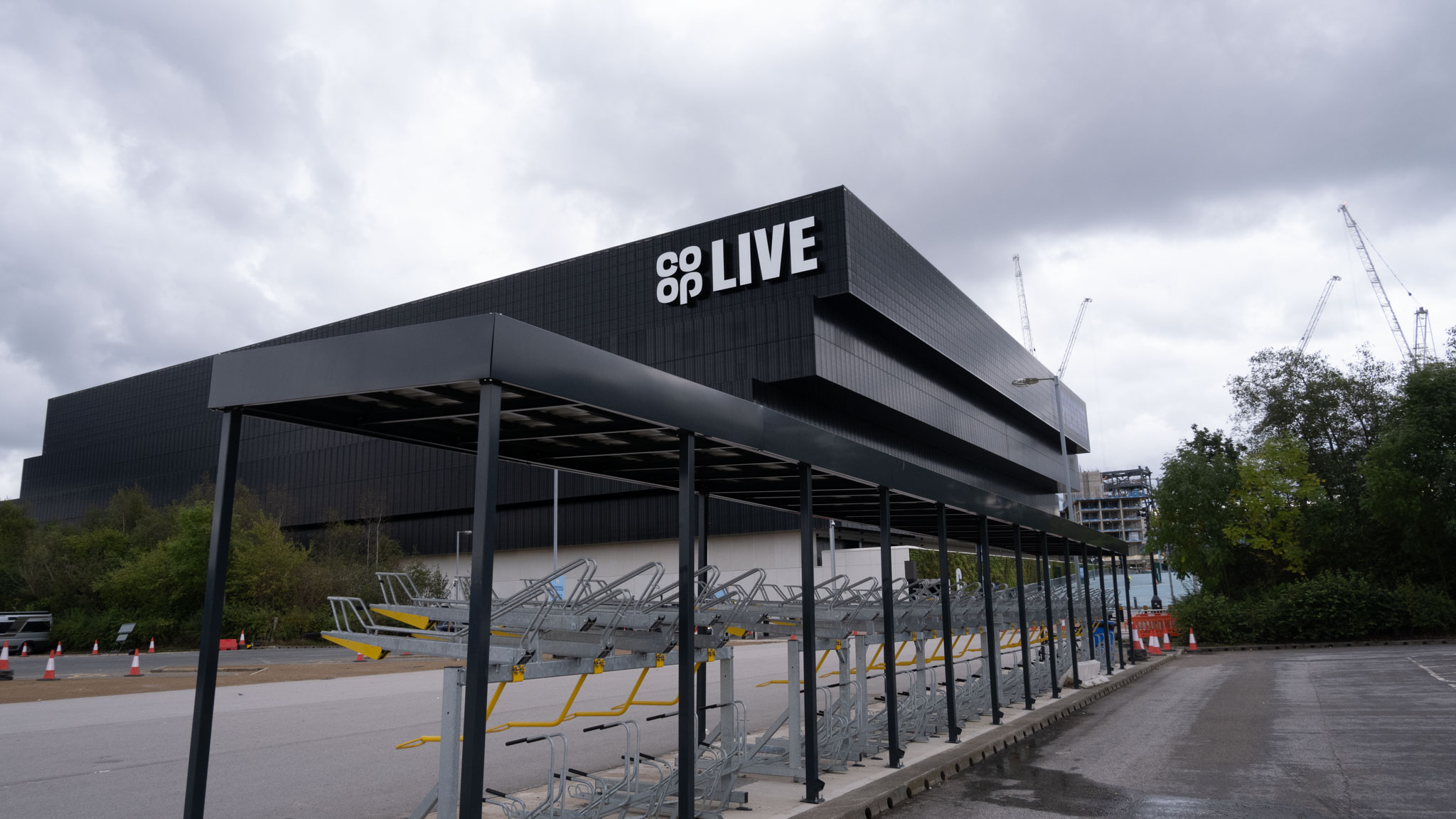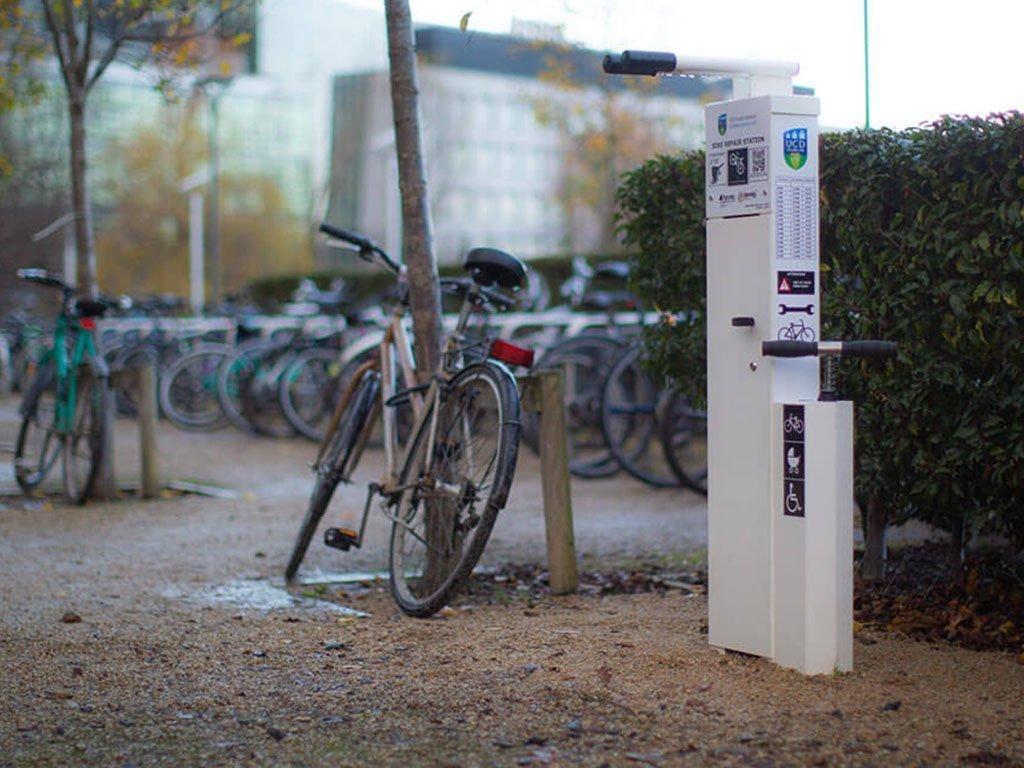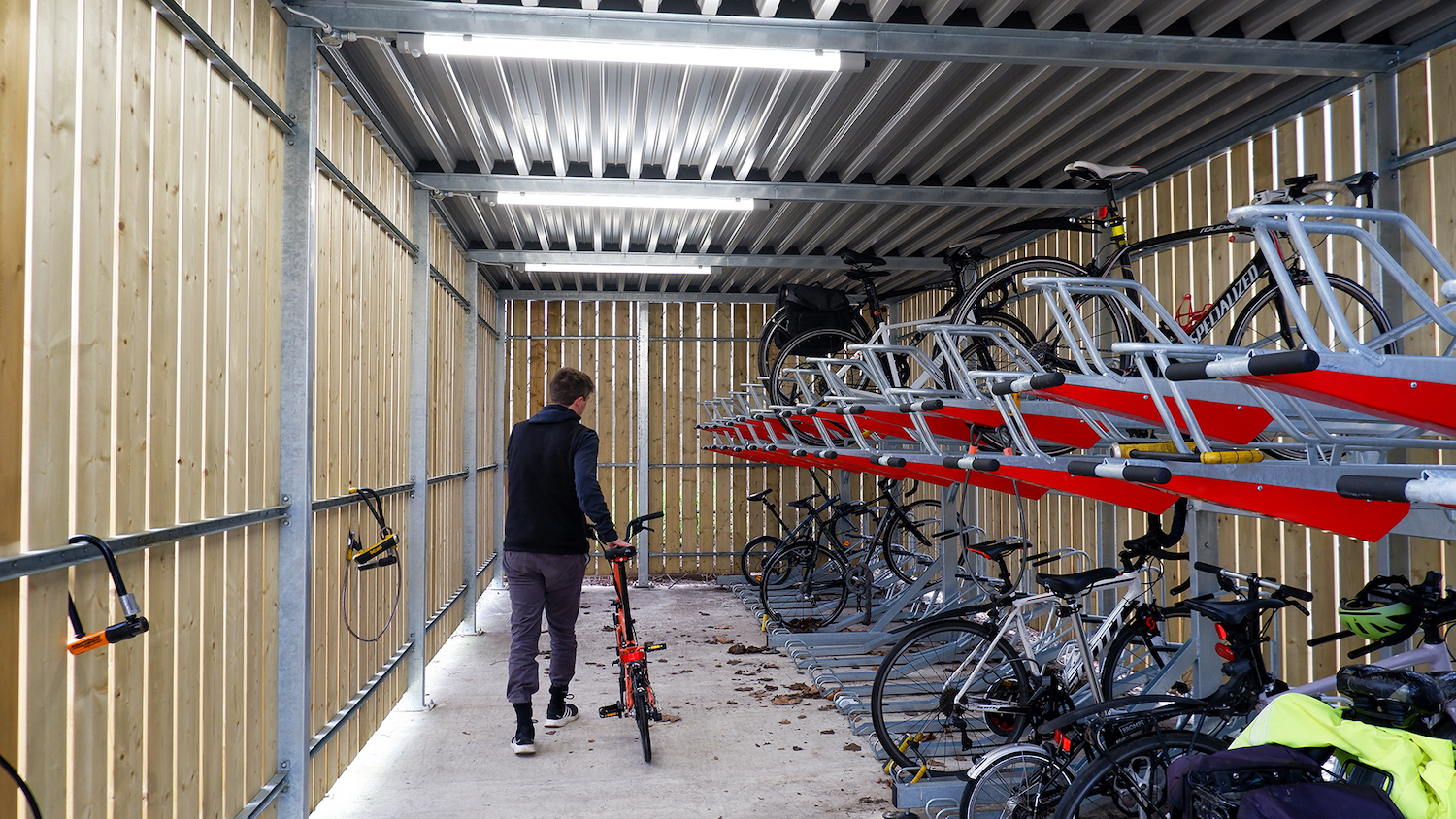Can cycling infrastructure help revive the high street, grow tourism, and create jobs? Your first thought might be “Surely not?”. You might instead think of cycling’s health benefits (which, by the way, can indirectly help our economy by reducing the strain on the NHS), or perhaps the lifestyle boost of quieter roads and lower air pollution.
But the effect of cycle infrastructure investment – and therefore more cycling journeys – on our economy makes for a remarkably good deal. In fact, there is increasingly persuasive evidence that links cycling to better economic growth across the UK.
To consider the effects fully, let’s take a look at some of this evidence which helps to explain the key reasons why cycling can benefit our economy.
A boost to our high street
It is common for people to pin the lack of car parking on our high streets as one of the reasons for boarded up shops and lower spending levels in shops and hospitality outlets. But this has been consistently proven a falsehood.
Actually, per square metre, cycle parking can deliver five-times higher retail spend than the equivalent area of car parking. This government backed study also found that compact towns that were optimised for walking and cycling could have “retail density” 2.5 times higher than a typical urban centre.
Take Newcastle, Acorn Road, which was converted in 2015 to remove a two-way street for cars and in its place was installed a one-way system for cars and a two-way cycleway, including the removal of 20 car parking spaces.
Initially, local business owners were concerned about a loss of footfall and trade without people being able to park nearby. However, the new system in fact yielded an improved atmosphere for business with better and more pleasant access for pedestrians and cyclists.
Surveying 500 people, 77% agreed that ‘Acorn Road is a thriving retail area’ following the introduction of the traffic calming measures.
Add to this a London survey of BIDs (Business Improvement Districts), which overwhelmingly linked an appealing environment for spending more time in, walking, and cycling, as very important for business performance.
Sustainable tourism with low impact on rural populations
Cycle tourism provides a major boost to any economy. Given that cycle tourists on average spend around 9% more than regular tourists per head per trip, providing better infrastructure to lure holidaymakers, it can bring a much needed point of difference.
Additionally, cyclists were found likely to spill into lesser visited rural destinations, providing new business to new communities and villages. The knock-on effects of reduced congestion also stand to benefit local populations, particularly in those rural areas.
In Cornwall, the Camel Trail is a disused railway line that runs to the popular tourist town Padstow. The path is shared-use, but 67% of total visitors cycled, which in 2015 equated to 283,000 cyclists. 14% of those stated the Camel Trail was their main reason for their visit to Cornwall.
In total, £6.7m was spent by those using the Camel Trail in 2015, generating £13m of business turnover and supporting 260 jobs. With many choosing to park in nearby towns such as Bodmin and Wadebridge, the congestion easing effects in Padstow are important too. Cycle parking is far more space-efficient than car parking, and with no idling engines, has no negative air quality effects.
Connecting the dots: The role of cycling infrastructure
So how do we get more people cycling? The key is cycling infrastructure. With the right infrastructure, we can unlock the economic benefits. Evidence suggests that improved cycling or walking infrastructure can have dramatically positive effects on cyclist and pedestrian volumes.
Segregated cycle lanes can provide peaceful and welcoming routes through urban areas. Used in conjunction with ‘Mini-Holland’ schemes, we can create quiet, liveable shopping and hospitality areas. Compared with building motorways, railways, and other major infrastructure, cycle infrastructure is much cheaper to install and maintain, making it an even better deal for our economy.
Safe and accessible cycle parking is crucial to ensuring visitors can confidently lock their bicycles. In the Netherlands, a large underground cycle parking facility has been installed in a former department store, adding secure cycle parking right in the centre of Utrecht.
Bringing more cycling journeys to the UK not only brings with it a host of societal and health benefits, but we are increasingly finding it to greatly benefit the economy.





